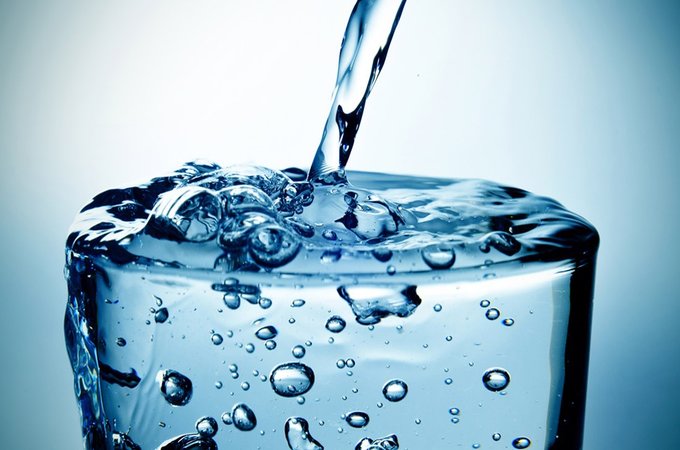You see the rain falling from the sky and you might want to stick out your tongue and drink in some of its goodness, however, is it safe to do so? The short answer to this question is: sometimes. While rainwater in and of itself is the purest form of water on the planet, there are stipulations in which you may want to consider before setting a bucket outside and collecting it for your own consumption. As such, learning what the best practices for drinking rainwater will ensure that the rainwater you end up drinking will provide more benefit to your body than harm. After gaining awareness around safe rainwater harvesting techniques, then you will be better equipped to indulge in what this pure and delicious tasting beverage can offer you.
Safety of drinking rainwater
There is nothing inherently unsafe about or wrong with drinking rainwater, as long as it’s clean. In fact, many communities around the world depend on rainwater as their primary source of drinking water.
That said, not all rainwater is safe to drink.
Several physical and environmental factors can quickly turn fresh, clean rainwater into a potential health hazard. It can contain parasites, harmful bacteria, and viruses and has historically been linked to disease outbreaks.
Making Rain Water Safer
Two key steps you can take to improve the quality of rainwater are to boil it and filter it.1 Boiling the water will kill off pathogens. Filtration, such as through a home water filtration pitcher, will remove chemicals, dust, pollen, mold, and other contaminants.
The other important consideration is how you collect rainwater. You can collect rainwater directly from the sky into a clean bucket or bowl. Ideally, use a disinfected container or one that was run through a dishwasher. Let the rainwater sit for at least an hour so heavy particulates can settle to the bottom. Alternatively, you can run the water through a coffee filter to remove debris. Although it isn’t necessary, refrigerating the rainwater will retard the growth of most microorganisms it could contain.
Conclusion
Rainwater tanks contain many contaminants including microorganisms, bacterias, and traces of toxic metals. You can also find bird and animal droppings and the bacterias we are talking about are serious strains like E. coli.
No matter where you get your drinking water from, it’s recommended that you use a drinking water system or specialty treatment system. A drinking water system from Kemique Water Soluzione provides your family with an unlimited supply of high-quality drinking water right from the tap. It improves the taste of your water and filters out harmful chemicals, bacteria, and metals.


0 Comments